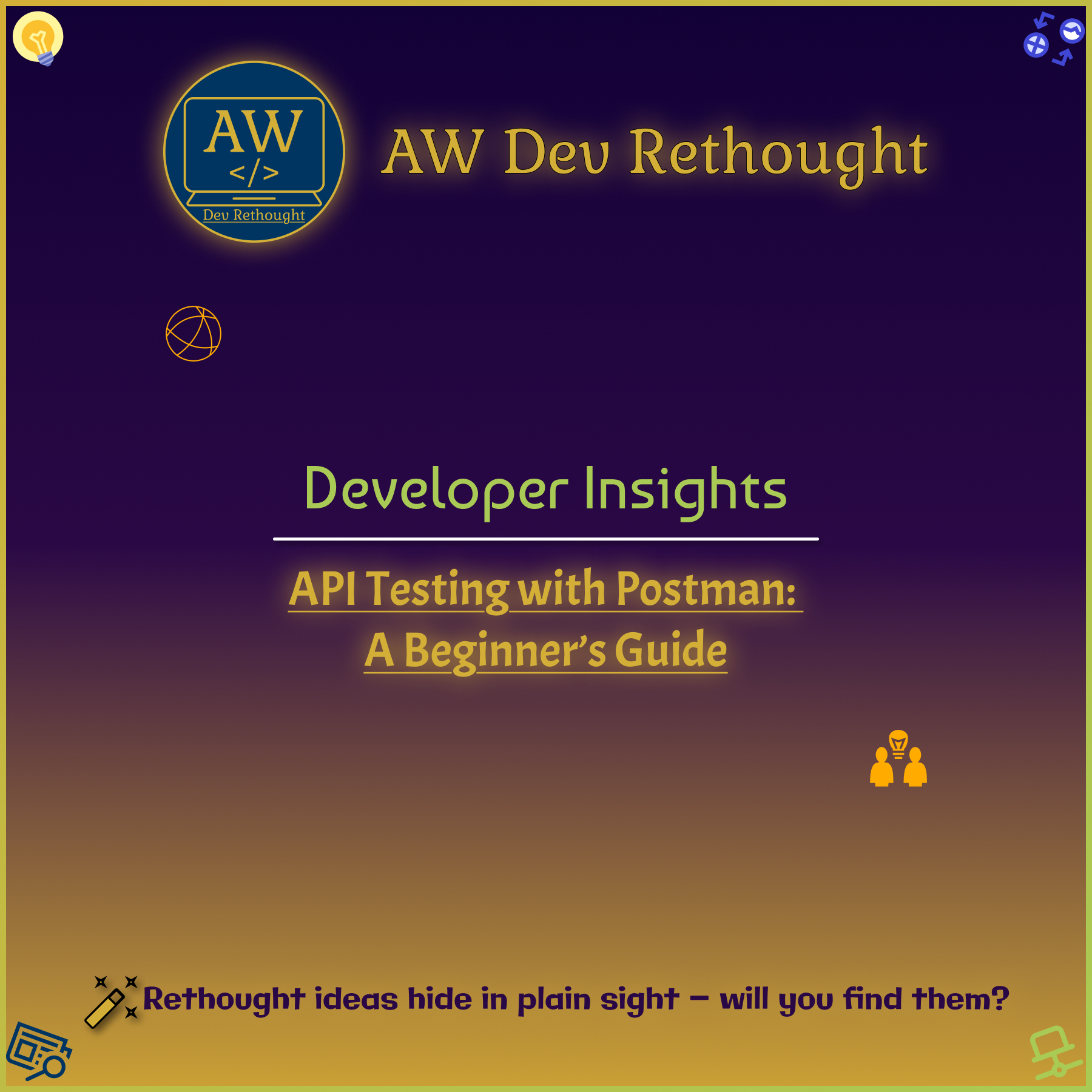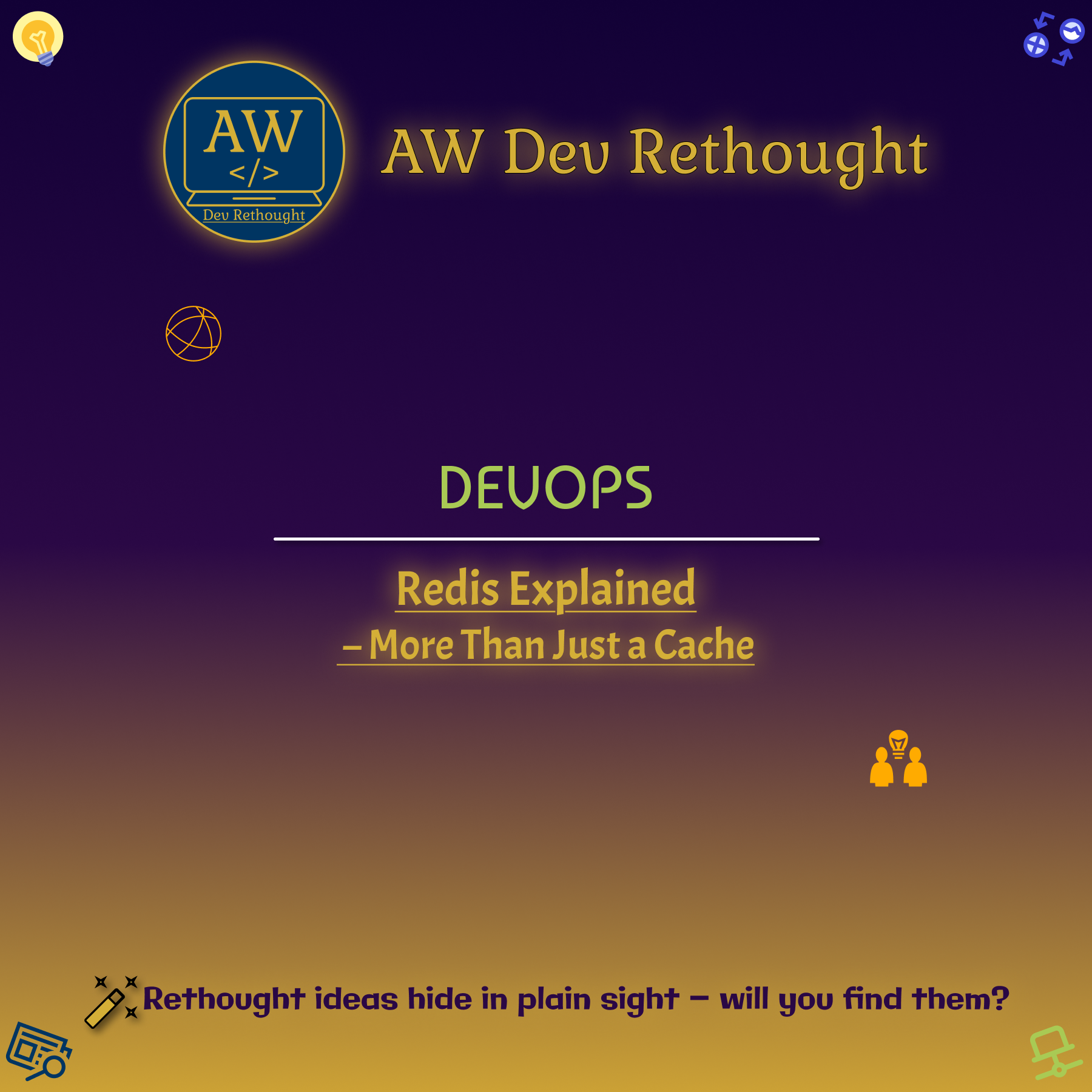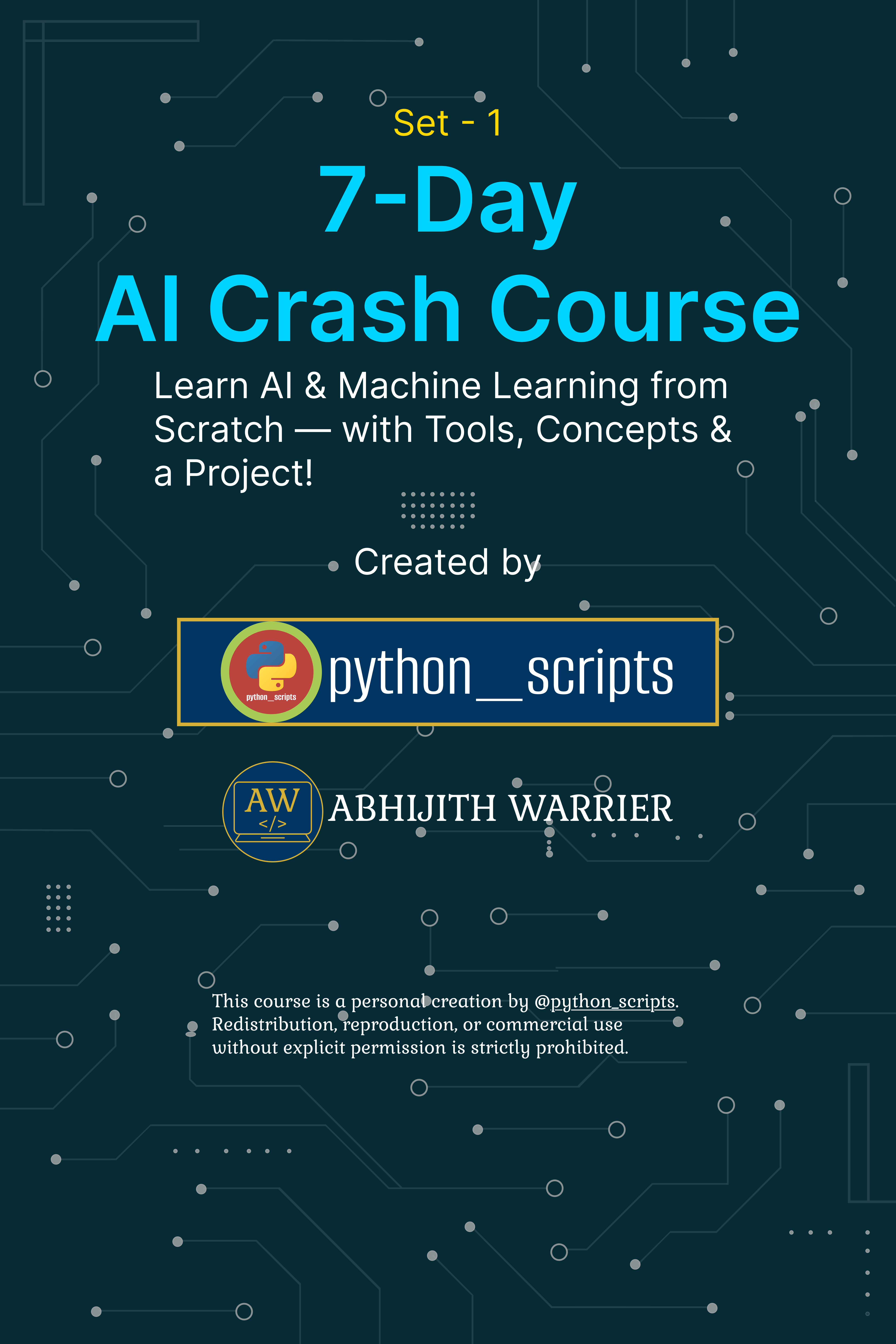Developer Insights: Terraform Basics - Automating Cloud Infrastructure
Posted On: October 28, 2025 | 4 min read | 0
Introduction
In today’s cloud-first world, manual provisioning no longer scales. Teams need automation that ensures consistency, repeatability, and speed.
That’s where Terraform comes in — an open-source Infrastructure as Code (IaC) tool by HashiCorp that allows developers and DevOps engineers to define, manage, and version infrastructure across multiple cloud providers using simple configuration files.
Terraform eliminates “click-ops” and brings software-engineering principles to infrastructure management.
What Is Terraform?
Terraform lets you describe your entire infrastructure — servers, databases, networks, and permissions — in declarative code.
Instead of manually creating resources through cloud consoles, you write configuration files (usually .tf files) and apply them using the Terraform CLI.
Example:
# Example Terraform configuration
provider "aws" {
region = "us-east-1"
}
resource "aws_instance" "web" {
ami = "ami-0c55b159cbfafe1f0"
instance_type = "t2.micro"
tags = {
Name = "TerraformWebServer"
}
}
Running:
terraform init
terraform plan
terraform apply
…provisions a live AWS EC2 instance automatically.
How Terraform Works
Terraform operates in four core steps:
- Write: Define infrastructure in .tf files.
- Initialize: Run terraform init to download required provider plugins (AWS, Azure, GCP, etc.).
- Plan: Preview the changes Terraform will make before applying.
- Apply: Execute and provision infrastructure resources automatically.
Terraform maintains a state file (terraform.tfstate) that tracks the real-world status of your resources — enabling it to detect drift and apply only incremental changes.
Key Concepts
| Concept | Description |
|---|---|
| Provider | Interface to manage resources on a platform (AWS, Azure, GCP, Kubernetes). |
| Resource | The actual cloud component being created (EC2, VPC, S3, etc.). |
| Module | A reusable collection of Terraform configurations (like functions). |
| State File | Tracks resource IDs and metadata for incremental updates. |
| Plan & Apply | Preview and execution stages for provisioning. |
| Variables & Outputs | Inputs and results for configuration flexibility. |
Why Use Terraform?
1. Multi-Cloud Flexibility
Terraform supports hundreds of providers, allowing unified management of AWS, Azure, GCP, and on-prem infrastructure from a single configuration language.
2. Version Control for Infrastructure
Terraform files can be stored in Git, reviewed, and tested — just like code.
This ensures traceability, rollback, and collaboration across teams.
3. Automation and Consistency
No more manual errors or configuration drift.
Every terraform apply ensures environments are reproducible and identical.
4. Cost Efficiency
With easy provisioning and teardown, teams can spin up test environments on demand and destroy them once done — saving cloud costs.
Basic Workflow Example
Scenario: Deploying a simple web server on AWS.
1.Initialize Project
terraform init
Downloads AWS provider and sets up the workspace.
2.Preview Infrastructure Plan
terraform plan
Displays what will be created or changed.
3.Apply Configuration
terraform apply
Creates EC2 instance and outputs resource details.
4.Destroy When Done
terraform destroy
Cleans up all resources provisioned via Terraform.
This workflow is universal across all supported providers.
Modules and Reusability
Modules let teams abstract and reuse infrastructure logic — similar to how developers reuse functions.
Example:
module "vpc" {
source = "terraform-aws-modules/vpc/aws"
version = "3.0.0"
name = "main-vpc"
cidr = "10.0.0.0/16"
}
Using community or internal modules ensures standardization and faster provisioning across projects.
Best Practices
- Store state files securely (use Terraform Cloud, S3 with DynamoDB lock, or remote backend).
- Use variables for environment differences (dev/staging/prod).
- Implement code review and CI/CD pipelines for automated apply/destroy.
- Keep configuration files modular and version-controlled.
- Always run terraform plan before every apply.
Terraform vs CloudFormation
| Feature | Terraform | AWS CloudFormation |
|---|---|---|
| Cloud Support | Multi-cloud | AWS only |
| Language | HCL (HashiCorp Configuration Language) | JSON/YAML |
| Modules & Registry | Large community modules | AWS-specific templates |
| State Management | Local or remote state | Managed within AWS |
| Learning Curve | Gentle | Slightly steeper |
Terraform’s cross-platform flexibility makes it a go-to choice for multi-cloud strategies.
Conclusion
Terraform bridges the gap between development and operations by turning infrastructure into code — predictable, repeatable, and version-controlled.
With just a few configuration files, you can scale cloud infrastructure, reduce manual effort, and ensure reliability across environments.
Mastering Terraform fundamentals is a stepping stone to true DevOps maturity — where automation drives both speed and stability.





No comments yet. Be the first to comment!